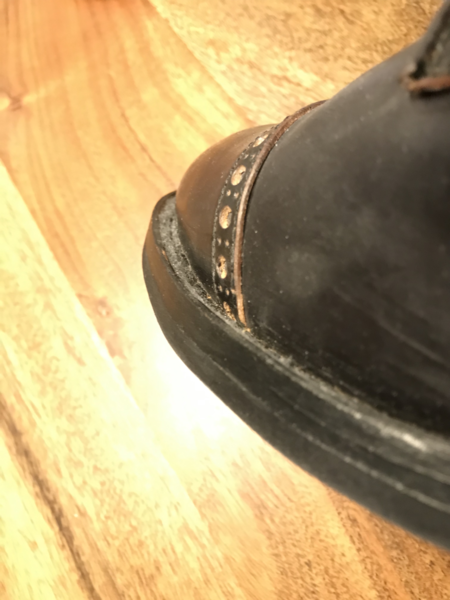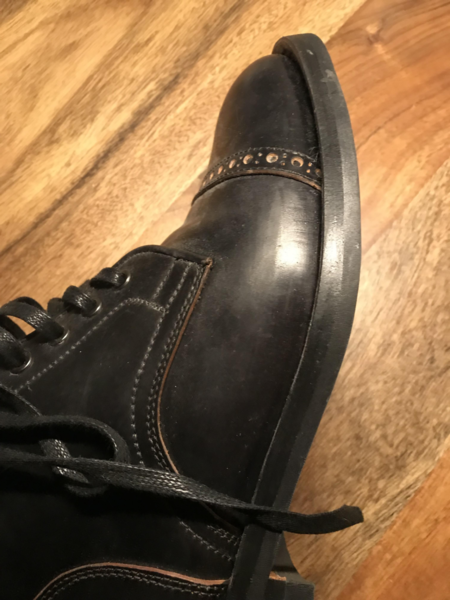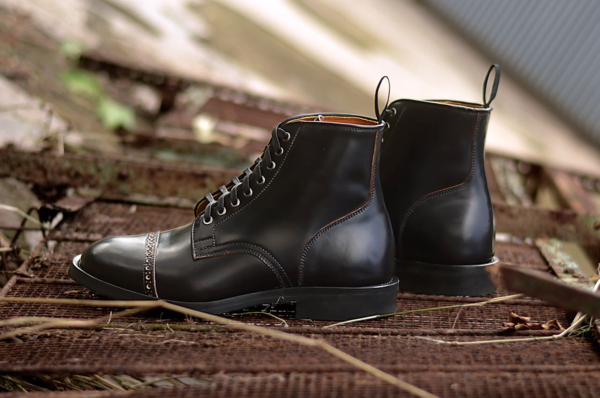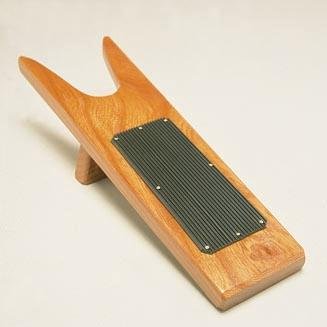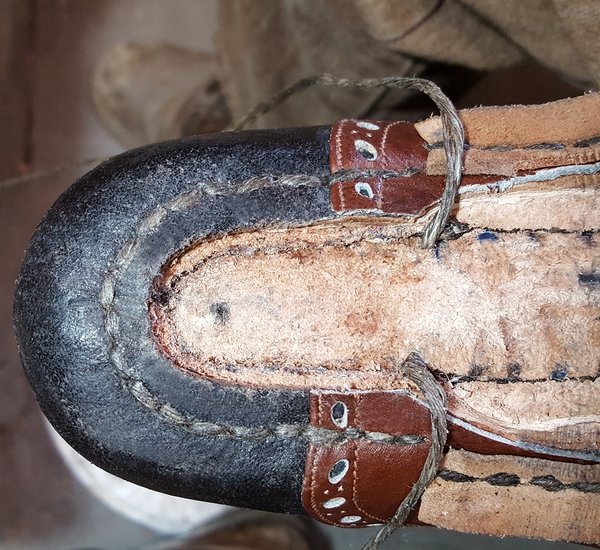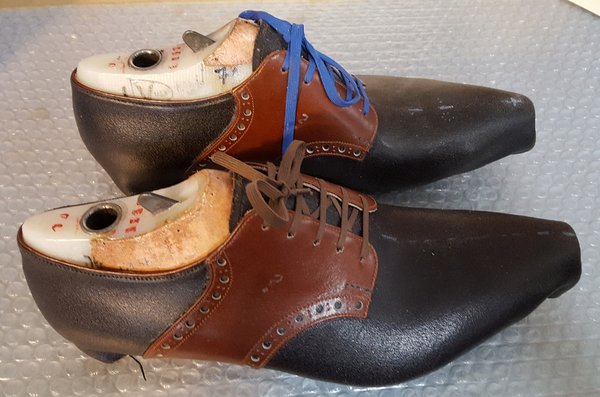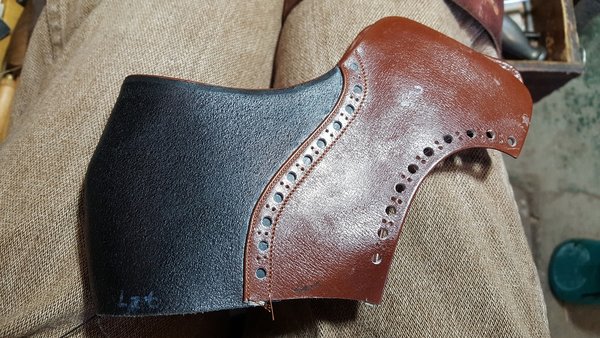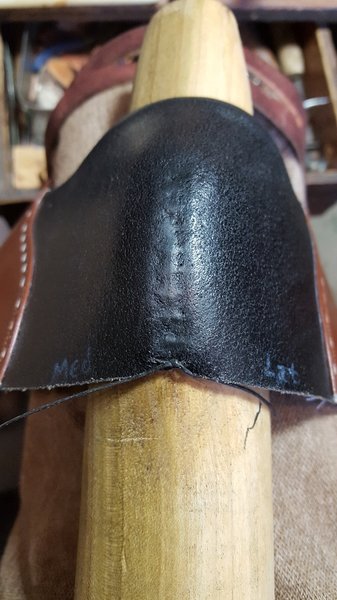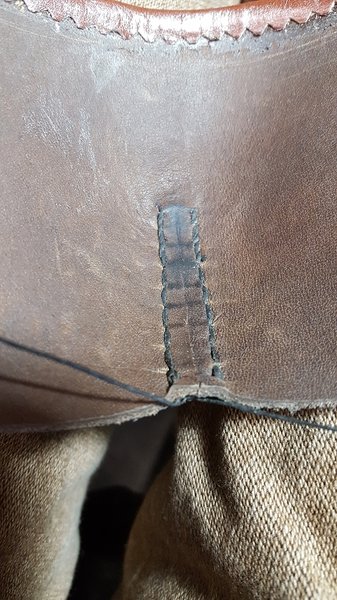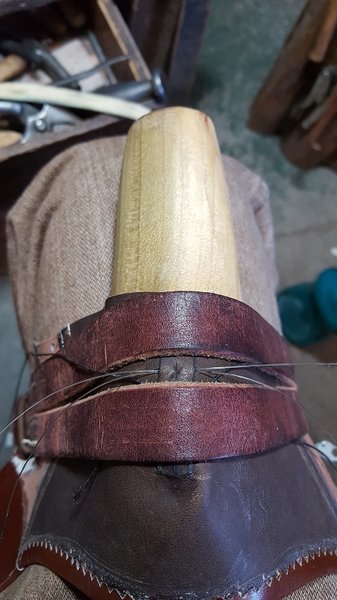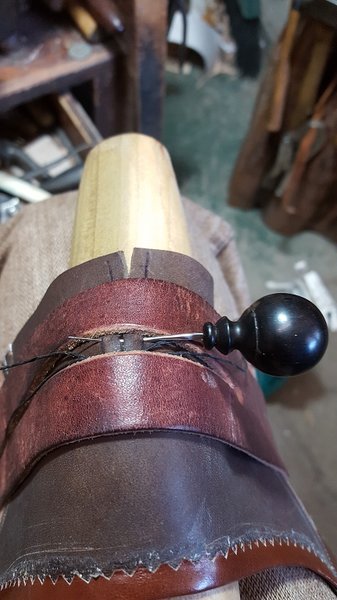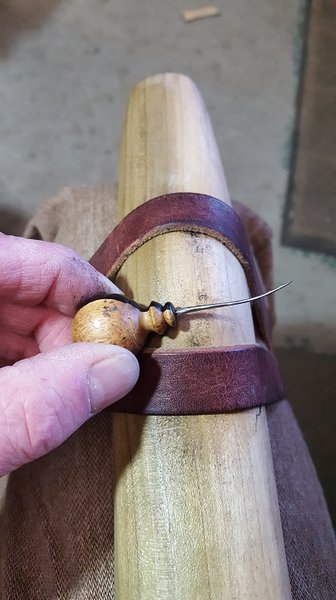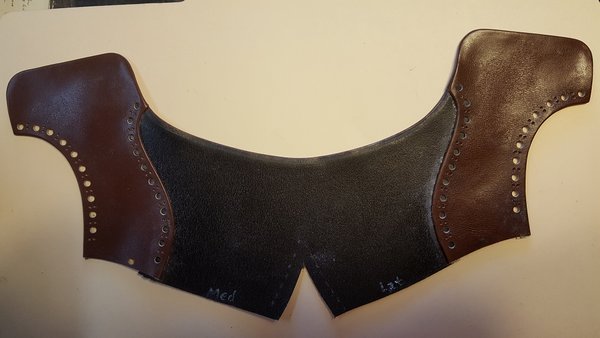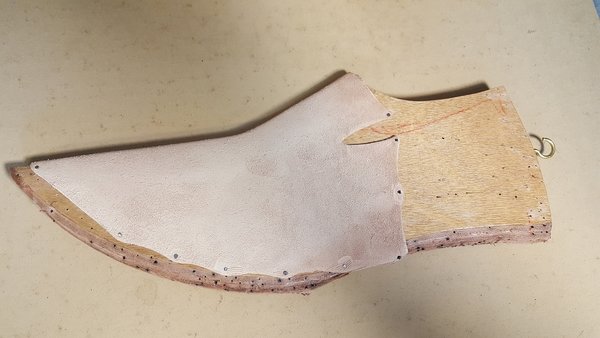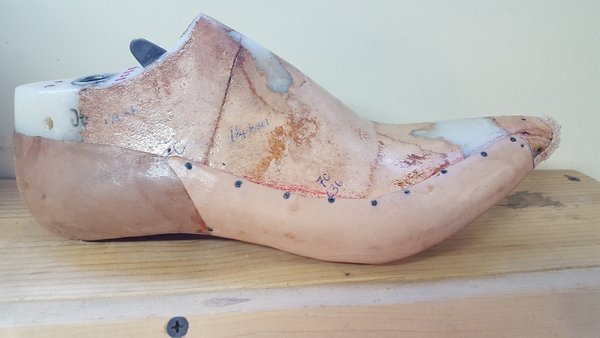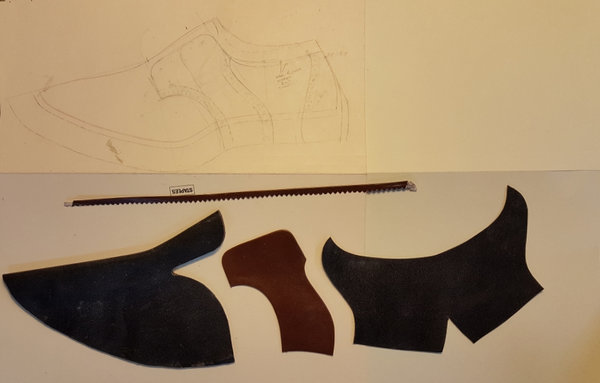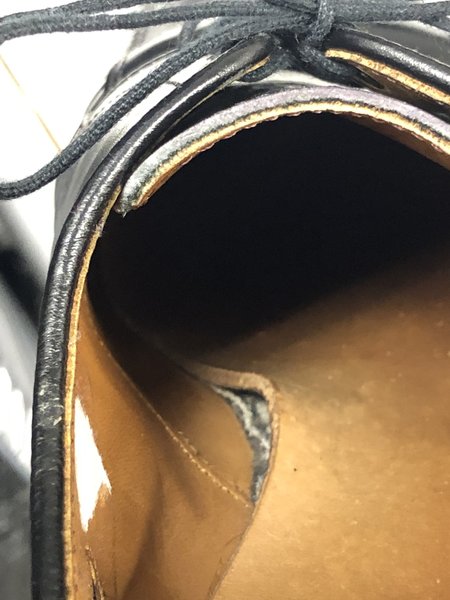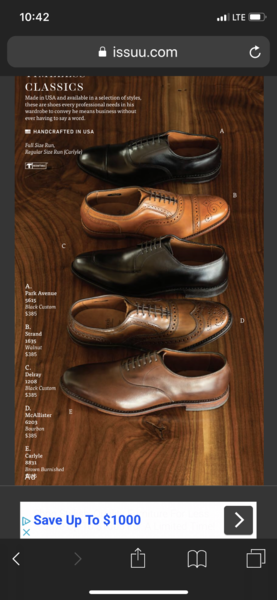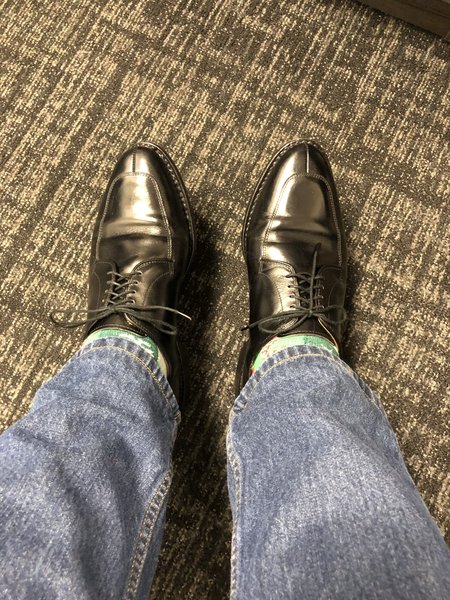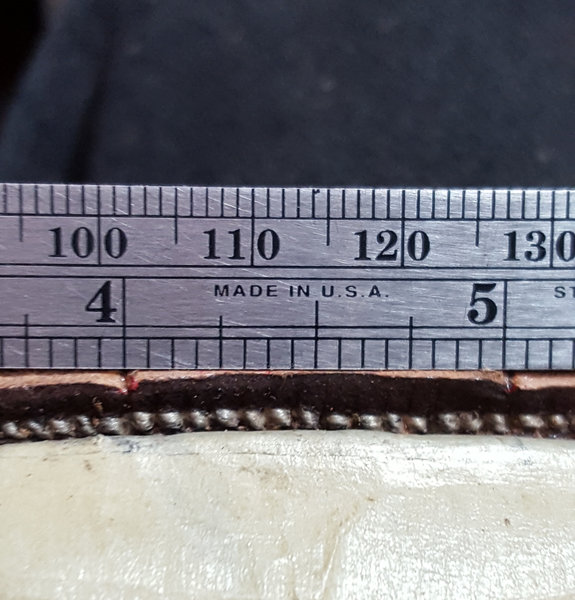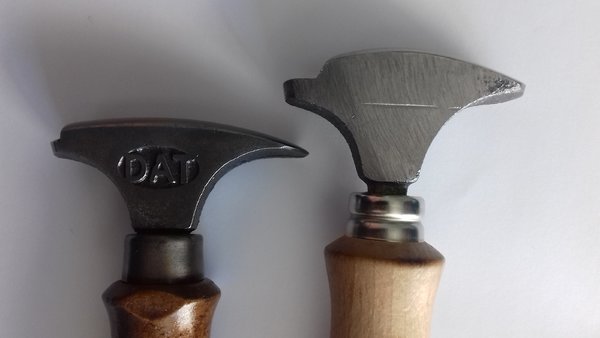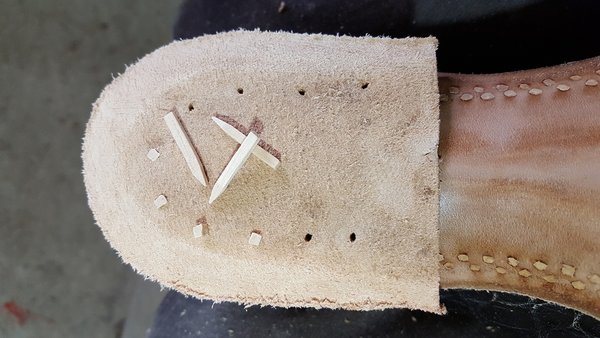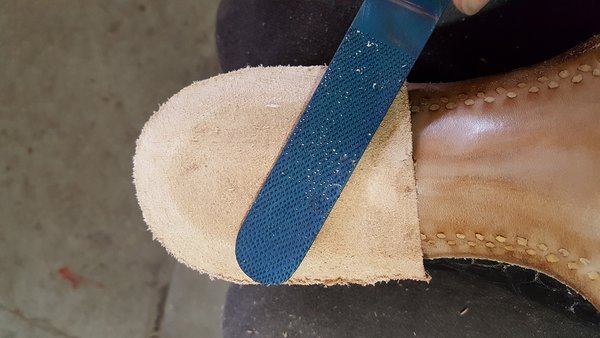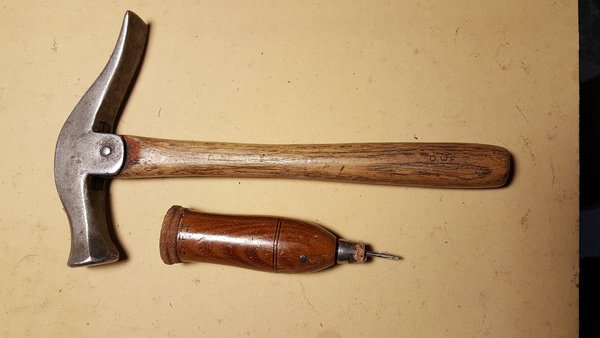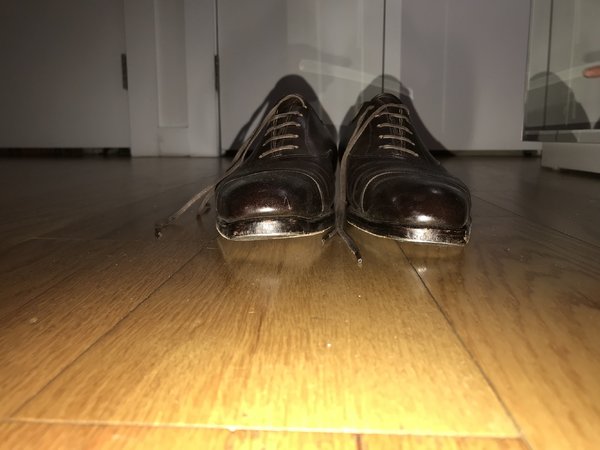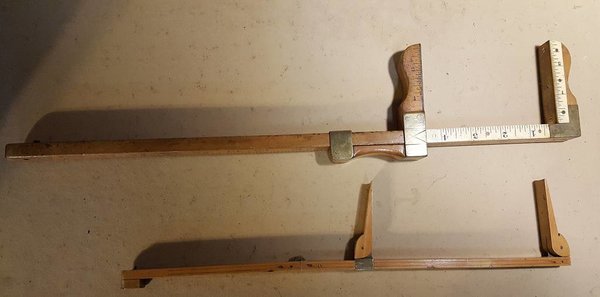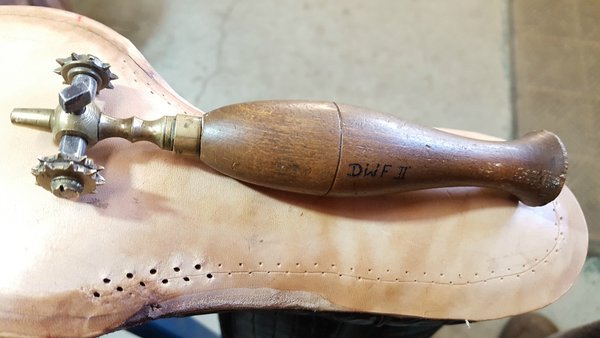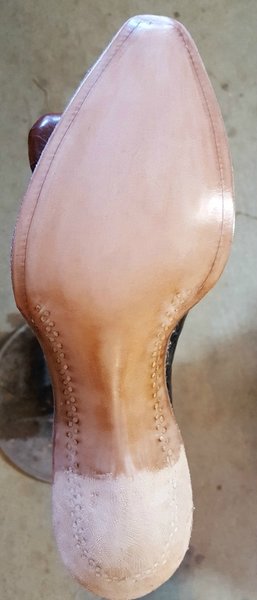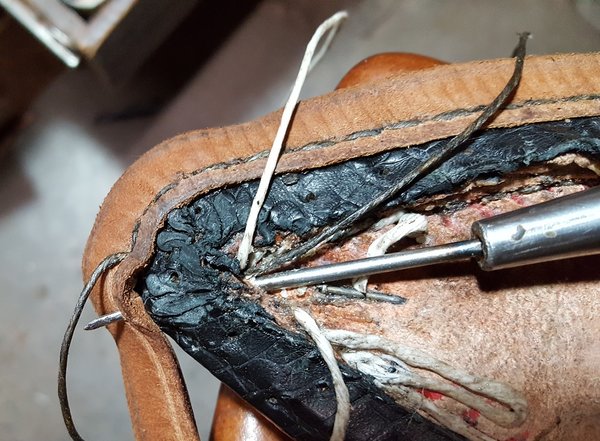- Joined
- Jan 8, 2008
- Messages
- 10,132
- Reaction score
- 5,714
The introduction... This thread is about shoe construction techniques. I've been asked to do this. As far as I'm concerned it can cover or broach any technique. But, per request, I'll start it by talking about gemming. My perspective is that of a boot and shoemaker. I have nearly forty years in the Trade, full time...my sole source of income...and not just as a hobby or as a groupie-***-afficianado. My priorities are different from that of a consumer. My sensibilities esp. regarding the care and deliberation that goes into making shoes are different from the consumer or the manufacturer. It would not be too strong a word to say that I love shoemaking. I love the materials I work with. I love the process of creating, of designing, of ultimately making something that is not only beautiful but satisfyingly functional. I love the techniques. I love the logic--the intentional evolution of materials and method that underlies every choice. Combine that with a strong sense of history and Tradition and I suspect it is a unique perspective to which few people have access. Fundamentally, my thesis is that shoes made with traditional materials and techniques embody a far different logic, a far different rationale...and a far different set of values...than shoes made for a mass market. And, objectively, demonstrably, different results. My motives are not to disparage any particular manufacturer, or maker, or brand, or model of shoe. If I have an ulterior motive it is simply to remind readers that underneath the "shine" of fame, hyperbole and marketing, things are often very different from what we are led to believe or think we know. My intent is to offer some insights into what a shoemaker thinks and values and how he arrives at a set of conclusions that may differ from the consumer. Beyond that, I want to see people respecting and honouring the effort and forethought that has characterized shoemaking and those who have, for centuries, chosen to pursue it. I want to see the consumer getting something that has a real value and not just a perceived glamour associated with a "famous" name. I'd like to think that I can bring a little clarity and rationality and even understanding to the manner in which we think about not just shoes but all kinds of products.








